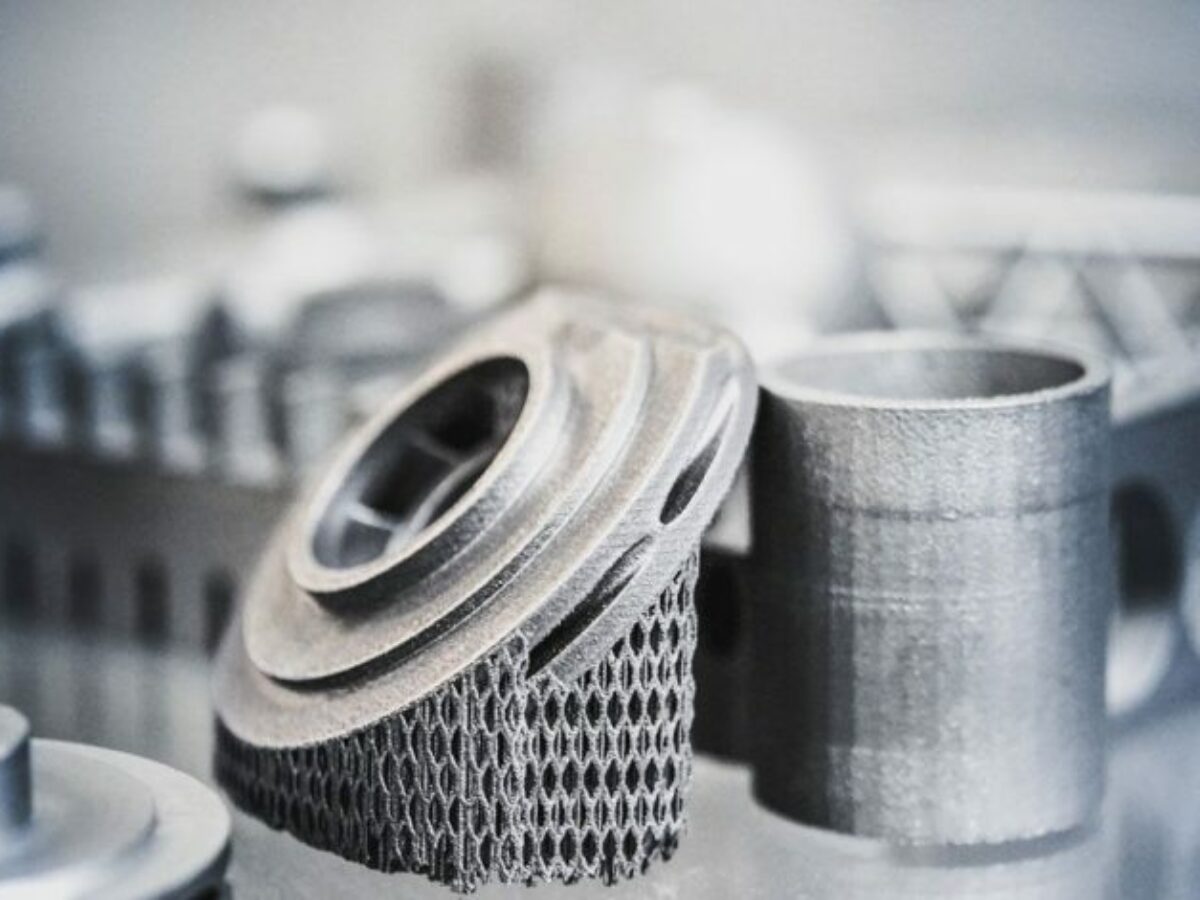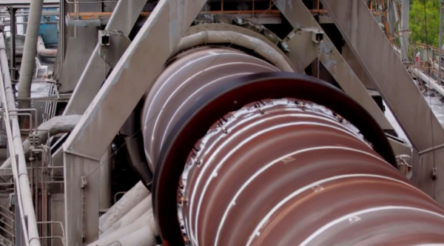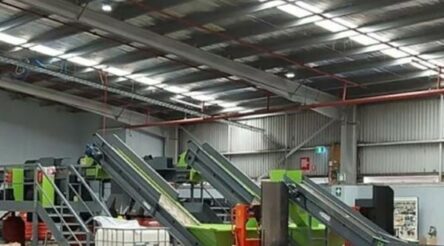Series launch: Frontiers in additive manufacturing

@AuManufacturing’s latest editorial series, Frontiers in Additive Manufacturing, begins today. Brent Balinski introduces the one-week series.
We regularly see news of homegrown world-firsts involving additive manufacturing of some kind or other.
Last week this title and others reported on an announcement by AML3D, which said it had received an order to create the biggest-ever additively-manufactured commercial pressure vessel, to be delivered to ExxonMobil in September.
In May, Titomic announced their world-first solution for coating and repairing glass moulds had passed Factory Acceptance Testing and would be shipped to Austria to be installed at Vetropack.
Space business Hypersonix is currently attempting and has previously achieved a series of world firsts, some of them involving AM. Among these is a tech demonstrator of its Dart AE platform – a three-metre, single-use hypersonic flight platform, printed entirely out of high-temperature alloys — with a test launch planned for early next year.
Additive manufacturing/3D printing comes with the expectation for a lot of people that it will, in time, reshape everything everywhere something is made.
It also means quite a few different things, and comprises seven broad families of production technology. The three above examples each involve metals fused together, but are fused together in a very different way.
You can go back to at least the 1980s for examples of 3D printing in polymers originally a way to prototype quicker and better in the automotive industry.
It appeared to gain mainstream interest in the early 2010s, soon after a patent on one kind of 3D printing (Fused Deposition Modelling, with melted polymers extruded through a nozzle to be built up in layers) expired. Other contributors to that wave of interest included the “maker” movement, and a now-famous 2011 article in The Economist, pointing to a future where the economics of manufacturing would be radically reshaped.
Australia seemed to focus on metal AM at the time, during a period where a lot of traditional manufacturing was being crushed by the high dollar associated with the mining boom, and other global factors, and ways to be smarter rather than cheaper were being made clear.
The investment was focussed in universities and the CSIRO, particularly around Melbourne, with expensive machines out of the reach of most SMEs who could not identify a convincing business case.
Today most Australian factories we visit seem to have at least a couple of 3D printers, generally desktop FDM machines for prototyping and things like jigs and fixtures. While investments are being made in more expensive printers, Australian companies are, at least anecdotally, on the slower side of adoption.
Customers for local leaders in AM technology tend to be overseas. On this note, the last few years have seen highly-promising local businesses emerge.
Some of these include:
- SPEE3D, the first company in the world able to build parts using cold spray AM methods;
- Additive Assurance, a maker of sensor packages and software for process monitoring of powder bed fusion AM; and
- Amaero, a product of the early Australian investment in metal AM at universities, and a Monash University spinout. Among other developments, it is on-schedule to begin local production of titanium alloy powders by the end of the year.
Another place where AM looks set to make an impact in Australia is in construction.
Last week featured news that five 3D printed homes would be built in Alice Springs, beginning next month. In mid-June a Danish maker of concrete AM machines for construction announced it found an Australian distributor, with machines to arrive in Q4 and the promise it could “carve months” off the build time of a house.
Are these signs of the next wave of AM, driven by Australia’s housing affordability problems? We will find out in the coming years..
Today we launch a one-week editorial series, Frontiers In Additive Manufacturing, aiming to look at developments in the field.
We give a warm thank you to CNC Design, whose Virtual Smart Factory (VSF) business creates large-format, robotic gantry-style AM solutions for composites, concrete and wax. Its recent work includes installation of a 22-metre by 5-metre by 1.6 metre hybrid machine at caravan maker ZoneRV, for use in composite mould-making.
We hope you enjoy this one-week skim over some of the topics in AM. If you’d like to contribute, we are accepting submissions until COB Thursday. Contributor guidelines are here.
Image credit: Amaero Engineering
![]() Frontiers In Additive Manufacturing is brought to you through the support of VSF Large Area 3D Printers by CNC Designs.
Frontiers In Additive Manufacturing is brought to you through the support of VSF Large Area 3D Printers by CNC Designs.
Subscribe to our free @AuManufacturing newsletter here.
@aumanufacturing Sections
Analysis and Commentary Awards Defence Manufacturing News Podcast Technology Videos










